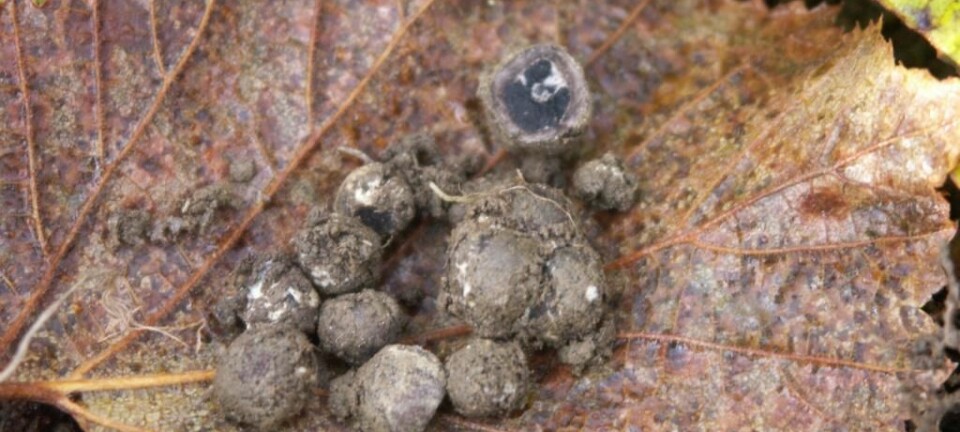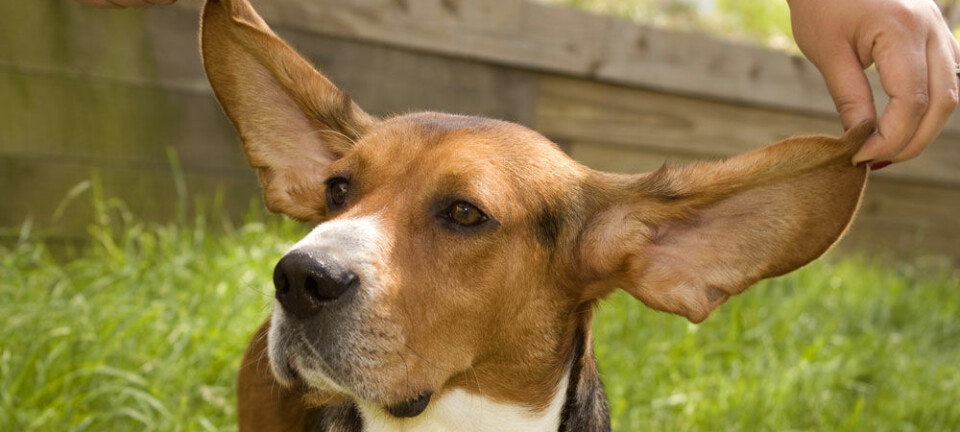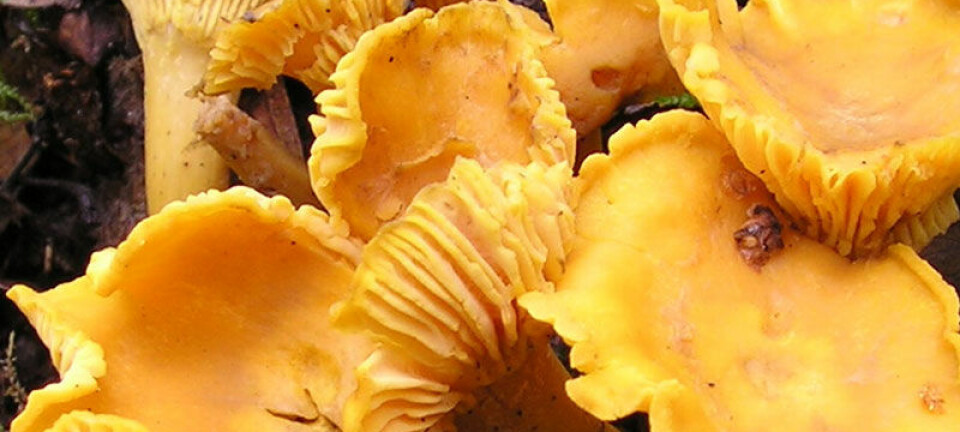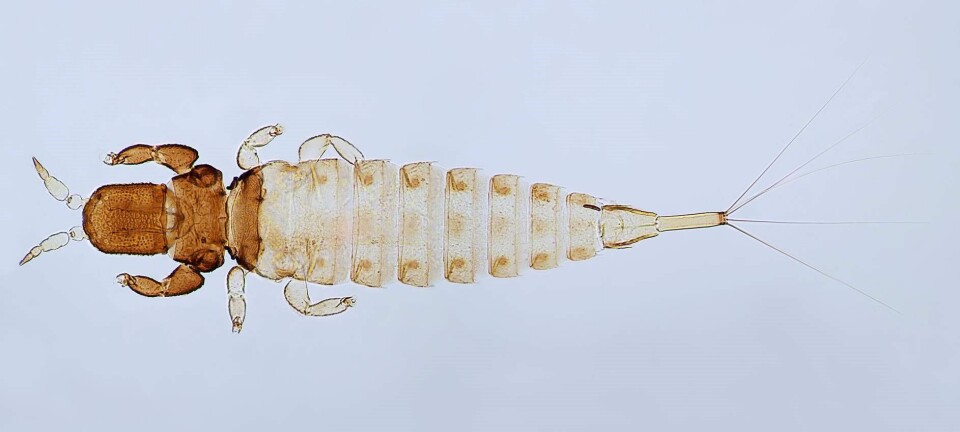An article from Norwegian Biodiversity Information Centre
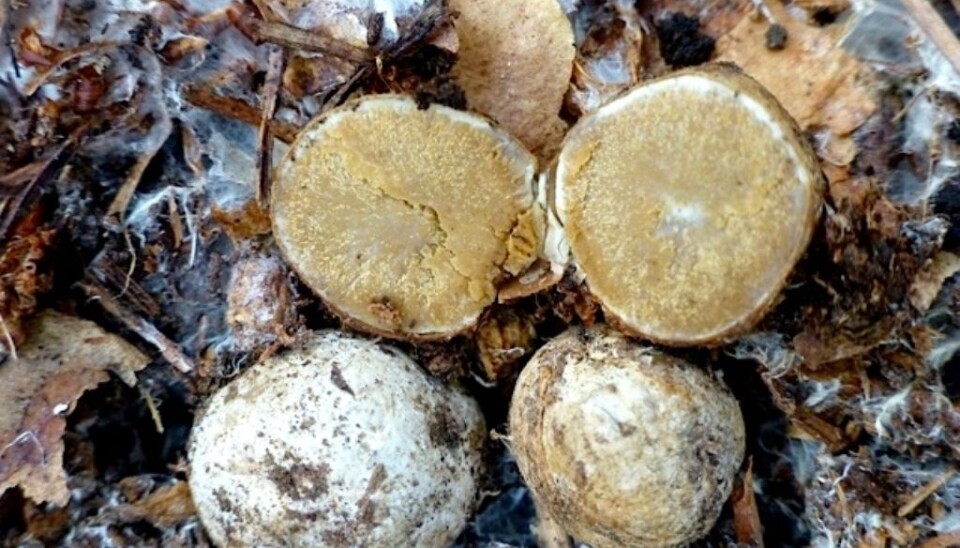
Dogs are sniffing out new species of truffles
With assistance of specially trained dogs, researchers have been truffle hunting in Norway. Their goal is to fill the knowledge gap on truffles – not their bellies.
Out in the woods, deep underground, small, lumpy growths emit irresistible smells that no truffle dog can resist – nor their human partners, who are surveying the underground (hypogeal) mushrooms. Better known as truffles.
Four-legged field assistants
Using dogs as field assistants is a fairly unusual undertaking for a field biologist, but the dogs have contributed a great deal to the success of this particular project. Mostly because they’re effective: A dog can find truffles a lot faster than a person with a rake.
“Our methodology has led to many discoveries and given us a very good overview of the ecology of truffles," says Anne Molia, head engineer at the Natural History Museum in Oslo.
"Truffles have a mycorrhizal association with trees, and our findings have shed new light on what species of trees truffles prefer as partners. We’ve also seen that they tend to thrive in humid, relatively calciferous old forests.”
Three species new to science
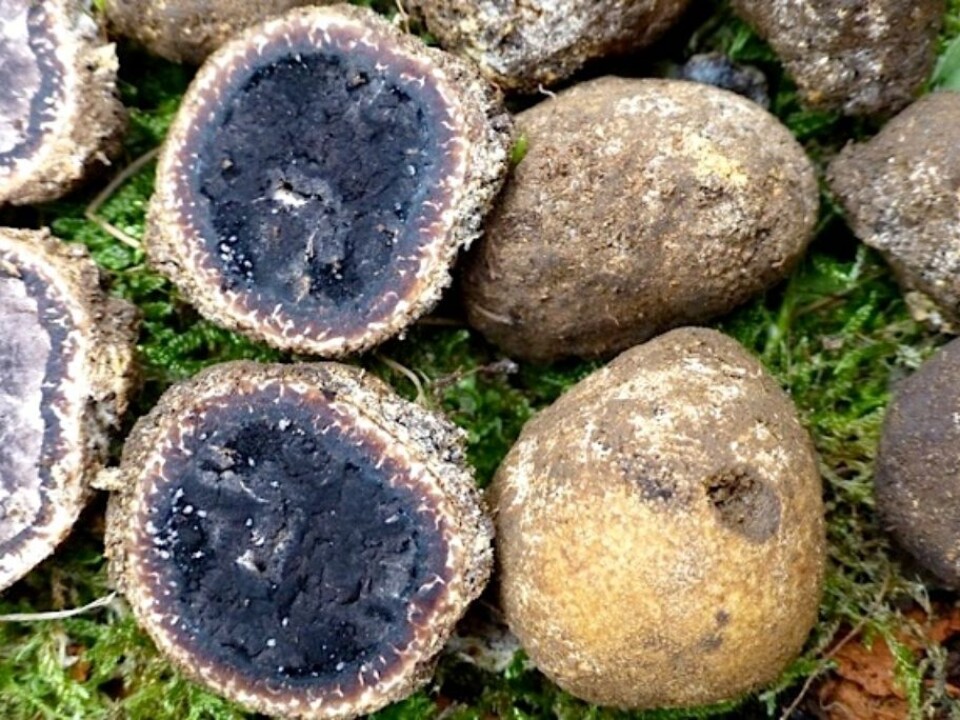
Researchers have found about 30 species new to Norway over the duration of the project, and at least three species new to science.
They have also found a new genus in Norway: Sclerogaster, with two species new to the country.
The dogs have had particular success in finding truffles from the Elaphomyces genus. However, this was the only genus known to them before the beginning of the project.
Touring Norway
The project has been actively travelled around Norway, bypassing only three counties.

But not everything has gone according to plan, and one trip from Oslo to Troms resulted in only a few findings. A trip of more than 1,600 km – one way.
“You don’t succeed every day in this business," Molia says.
"First of all, we’re looking for something that you can’t see, and when you do find it, you’re not sure what it is.”
Noble truffles
Some species of truffles are delicacies, and are sold for large sums of money.
This is especially true of the summer truffle (Tuber aestivum), the Périgord or French black truffle (Tuber melanosporum) and the white truffle (Tuber magnatum).
These are sometimes called the “noble truffles”.
“In Norway, we can only dream about finding the Périgord and white truffles, but we can still hope to dig summer truffles out of the ground."
"What’s important is to look in the right place, and to have a summer and autumn with good temperatures and the right amount of rain,” Molia says.
The summer truffle has been found in Öland and Gotland in Sweden, and in Denmark, Germany and Poland. The project participants still hope to find it in Norway.
Cooperation
The project "Trøffeljakt i Norge" [Truffle Hunting in Norway] at the Natural History Museum in Oslo has been conducted with support from the Norwegian Biodiversity Information Centre (the Norwegian Taxonomy Initiative).
The project’s partners were the Norwegian dog handler and Lagotto breeder, Kristin Killingmo, Mikael Jeppson from the Swedish Mycological Society, and Thomas Læssøe from the University of Copenhagen.
------------
Read the Norwegian version of this article at forskning.no







